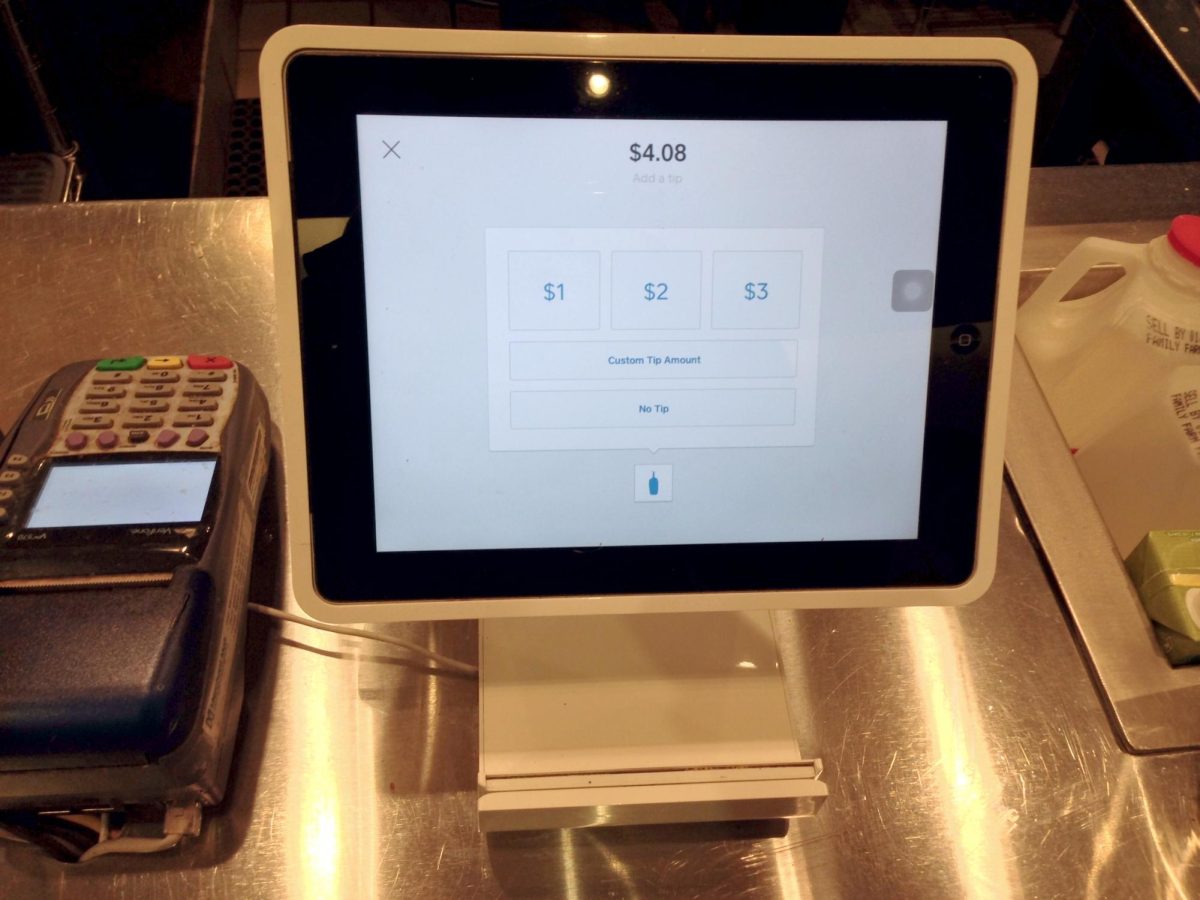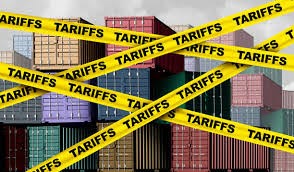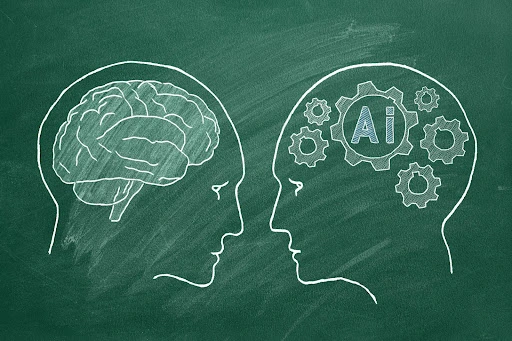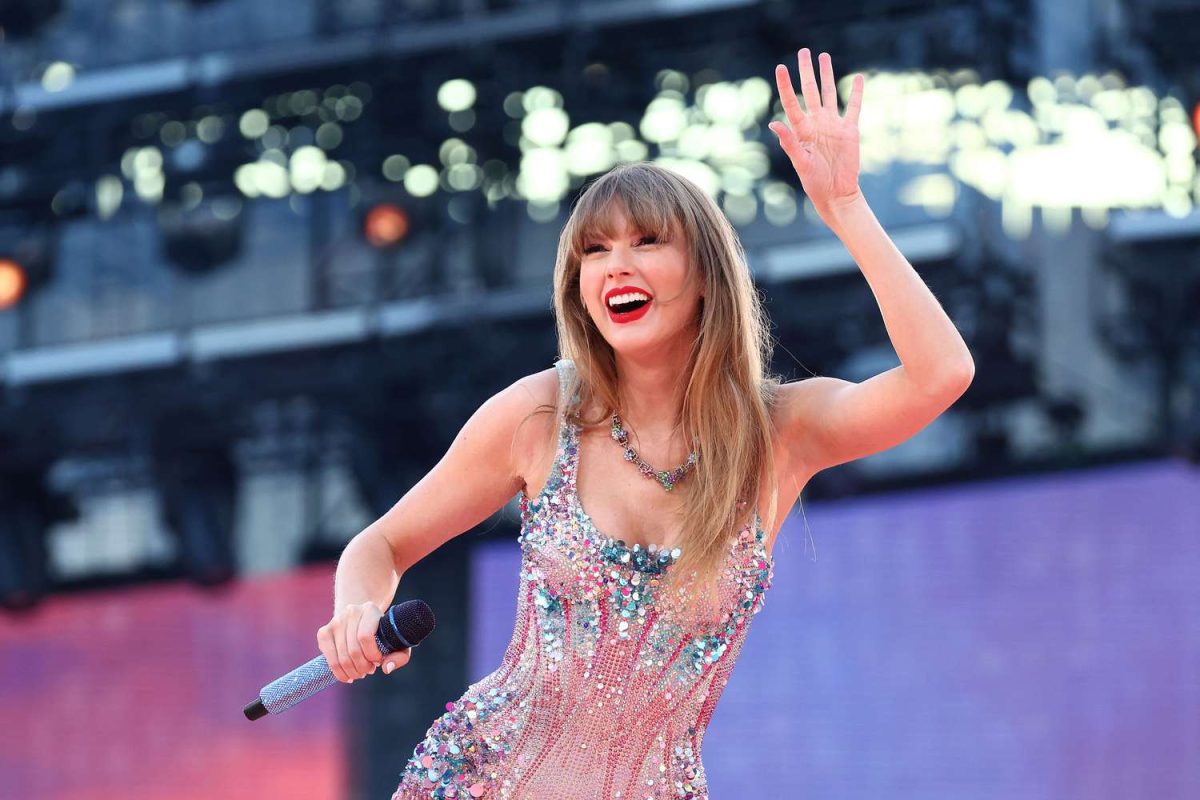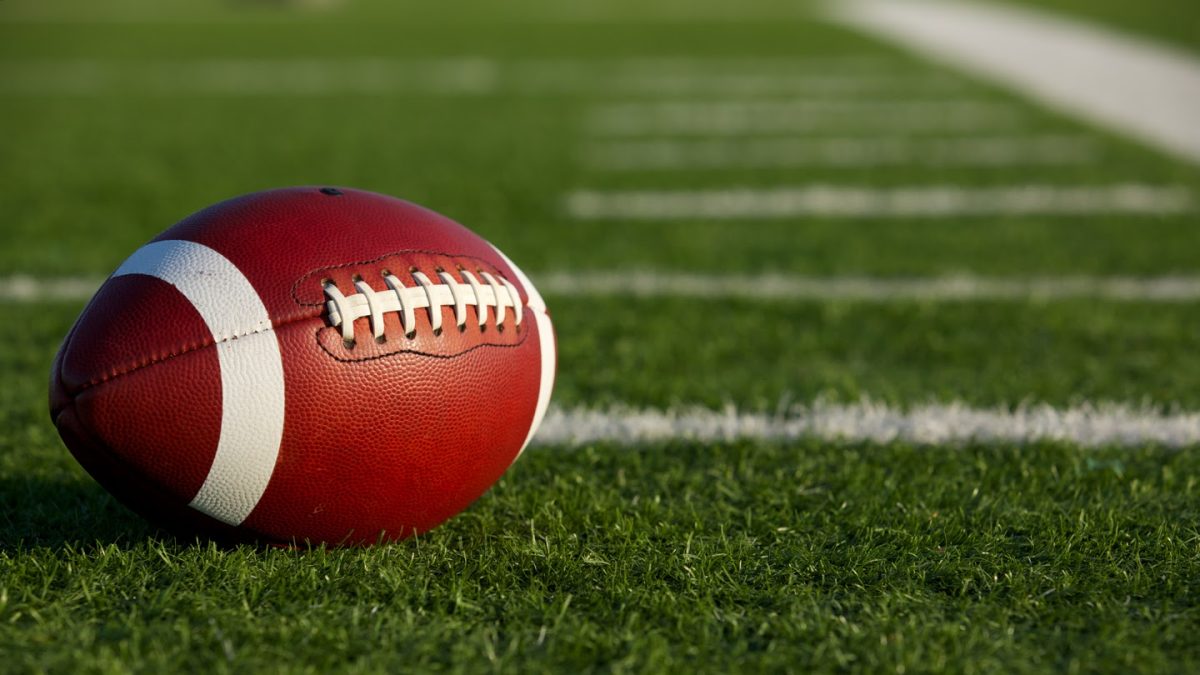Tipping is too generalized in America and so is minimum wage.
Say you walk into a Starbucks and order yourself a delicious pastry. The worker grabs your sweet treat and might warm it up for you before tucking it away into a bag.
The cost was four bucks, and the barista flips the Kiosk to face you to put in your card information and whatnot and right before you’re ready to go, the big question comes up.
“How much would you like to tip?”
Granted, there are typically three preset options; five, ten and 15 percent. Then there’s a custom option and a ‘no tip’ option.
Staring at the screen, you wonder why you should tip at all. All they did was move a pastry from one location to another. The worker is trying not to make eye contact with you.
Shakily, you hit 15% because anything less just seems cruel, but anything more seems undeserving.
Throughout the U.S., the average tip is anywhere between 15-20 percent and varies between genders. Various factors contribute to the overall tip, including service and even the attraction of the waiter.
When working as a waiter in America, tips are a major reliance due to the typical low wages they endure. These workers should rely on something other than customers to pay their bills. Their paycheck alone should be stable enough. The corporation that hired them should be their foundation.
Walking into over-the-counter service, you shouldn’t be expected to tip, but the generalization of tipping makes it seem like an obligation rather than optional.
Maybe the switch from cash to digital payment has changed the pressure people endure with tipping. What once was putting your extra change in a cup is now scanning a card and having the question directly in your face.


